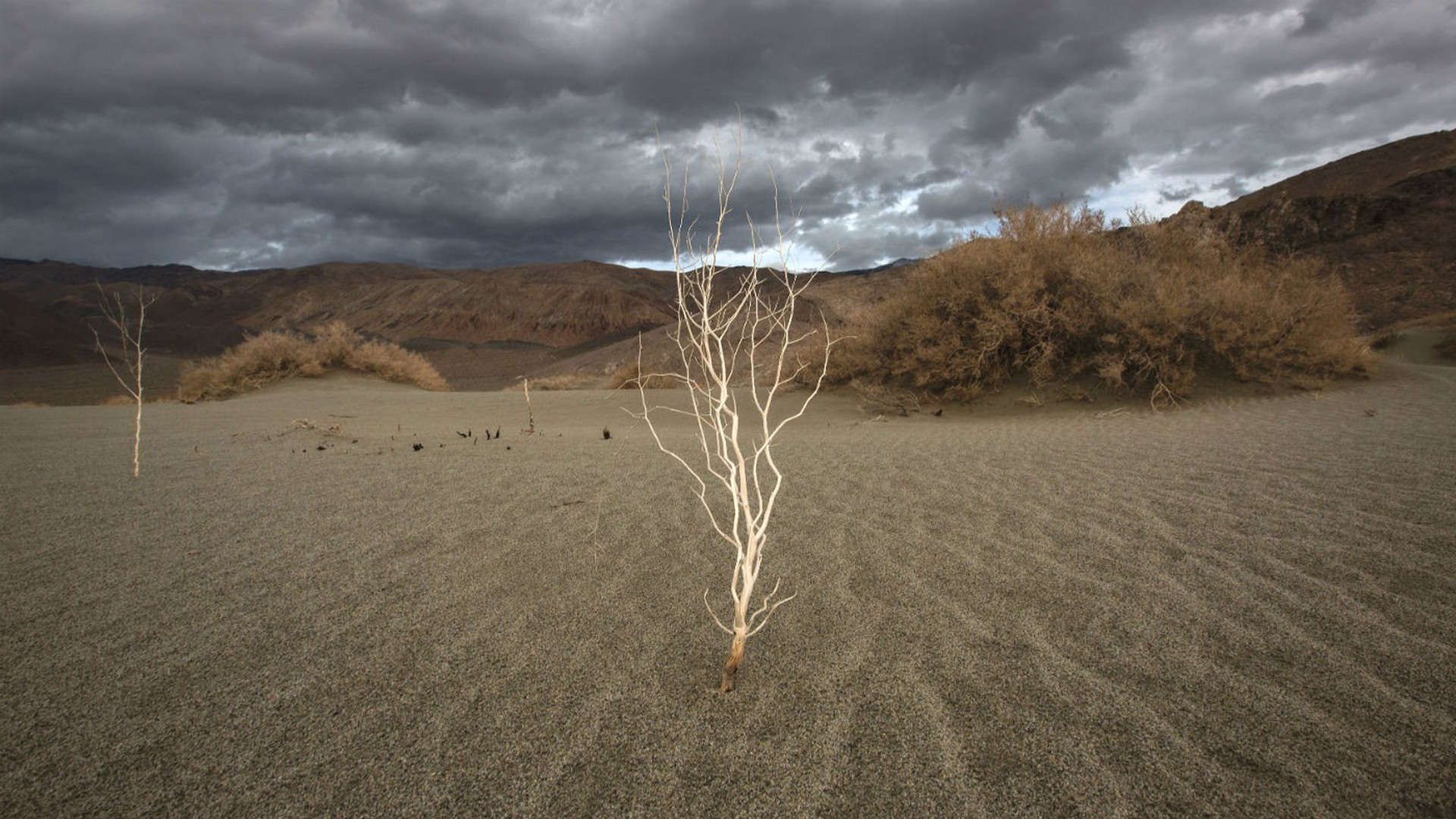An Oasis in a ‘Banking Desert’
What happens in a “banking desert”?
Defined as an area lacking traditional financial services, sometimes without a banking center located in a 5–10-mile radius from the town or city center, banking deserts oftentimes usher-in socioeconomic instability. Predatory lending such as pay-day loans and high fee cash-checking operations begin to thrive.
More common in majority-minority neighborhoods, banking deserts deny residents products and services such as accessible mortgages and credit, and limit short- and long-term opportunities to accumulate wealth and improve financial status.
Case Study: When a community has had enough
At the start of 2023 North Minneapolis had one bank serving approximately 30,000 area residents. But that is scheduled to change by year’s end.
Residents in the area became galvanized in 2016 when Philando Castile, a 32-year-old Black man, was killed by a police officer during a routine traffic stop. Community members met to discuss relationships with local law enforcement, how to create safer neighborhoods for children and families, and how to turn around a lack of financial stability and a growing disinvestment in North Minneapolis, where approximately 30% of residents live below the poverty level.
The result was the founding in 2017 of the non-profit Association for Black Economic Power (ABEP) with a vision of establishing a Black financial cooperative. Six years later, in the second half of 2023, that vision will become reality with the scheduled opening of Arise Community Credit Union, the first Black-led credit union in Minnesota.
“We want to be an option for what is really hurting our community, and that is payday lenders with interest rates all the way up to 300%,” says Daniel Johnson, chief executive officer for Arise. “We want to abolish that and offer our own same-day lending product with a very reasonable rate, while making a welcoming place for people that have been underbanked and underserved for decades. We will start helping people understand how to navigate the financial world.”
Providing an oasis
“North Minneapolis in itself is a banking desert,” says Corrie Knudson, an Old National Bank community outreach and financial empowerment officer, who has worked with both the Association for Black Economic Power and subsequently the Arise Community Credit Union as it prepares for launch. “We’ve been in full support of them with an initial $25,000 grant, and then $10,000 last year so they could launch their online town hall series to let people know about what they were doing and to gather more support. We met with them weekly with support for their fundraising committee, strategic planning support, and help with grant writing.”
Knudson is part of a community outreach and development team that last year provided more than 100 financial education instructors to serve more than 7,400 individuals in communities across the Midwest.
“Old National's involvement and how valuable it has been -- I really can't measure it,” said Arise’s Johnson. “They have been extremely helpful with key strategy as well as fundraising. I didn't know that they were people that cared as much still around.”
Targeting the ‘unbanked’ and ‘underbanked’
The opening of Arise is timely, coinciding with a report just released from the American Bankers Association citing an $83 million increase in minority depository institution (MDI) growth over the last 12 years.
Arise will become part of a network of approximately 150 MDIs across the country that seek to specifically serve “unbanked” and “underbanked” Americans while offering opportunities for homebuying and, in the long term, building generational wealth.
“It will be a financial institution that is specifically designed to address the community’s needs,” said ABEP Executive Director Debra Hurston, speaking to the Minneapolis/St. Paul Business Journal earlier this year. “This is something that the community said they want ... to have a financial institution run by members of the community that represent their interests and understand their journey.”
Similar to minority depository institutions launched in Michigan and Indiana with the help of Old National, the bank’s Joanette Cintron De Nunez, another community outreach and financial empowerment officer, says Arise can serve as a template for other “banking desert” communities.
“Based on the community’s needs this works well, especially with credit unions which have different regulations than banks,” Cintron De Nunez said. “It will be a good project to be replicated, in collaboration with both traditional banks and other credit unions that have gone through this path.”
To learn more about Old National’s community development and community investments click here.
